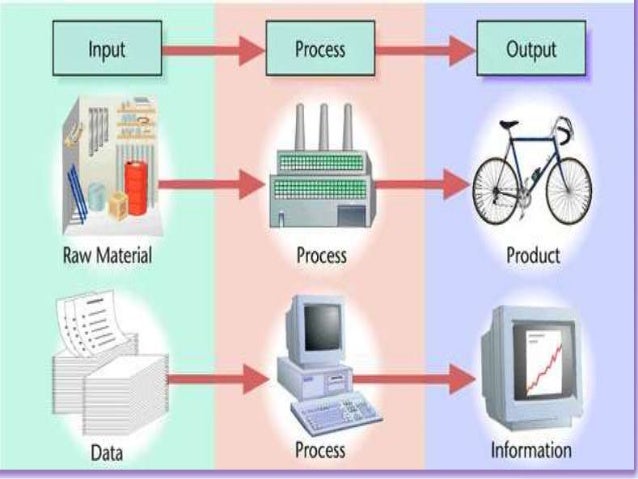Tools for
planning:
•
Creativity
•
Systems
Approach
•
Sensitivity
Analysis
•
Modelling
Creativity:
•
Ability to generate number of ideas rapidly.
•
Ability to change quickly from one frame of
reference to another.
•
Originality in interpreting an event and
generating different views on the situation.
•
Ability to handle with clarity and ease a
complex relationship of various factors in a given situation.
Systems approach:
•
It uses all the areas and branches of knowledge.
•
It follows a scientific analysis to identify the
problem.
•
It uses a model of complex situation to handle
the problem.
•
It weighs cost against benefit for assessment of
alternatives.
•
It deals with problems where time context is
futuristic.
•
It considers the environment and its impact on
the problem situation.
•
Every solution is tested on the grounds of rationality
and feasibility and accepts a given criterion for selection of most preferred
alternatives.
•
It uses operation research models if the problem
is well defined.
Sensitivity analysis:
•
It helps to test validity of the solution in
variable condition.
•
The problem situation is handled with certain
assumptions and conditions.
•
If various factors are involved, the sensitivity
analysis helps to assess the criticality of the factor against the impact it
make on that solution.
•
The sensitivity analysis helps to test the
validity of the optimal solution under changed conditions.
•
The sensitivity
analysis helps to test the solution on the principal of utility.
Modeling:
•
A model is meaningful representation of a real
situation on a mini scale, where only the significant factors of the situations
are highlighted.
•
There are several types of models
•
Physical: house, park, or a sport complex.
•
Mathematical: break even analysis, linear
programming, queuing, network.
•
A complex situation is represented using
variables, constants and parameters which play significant role in that
situation.
•
A model could be static of dynamic.

